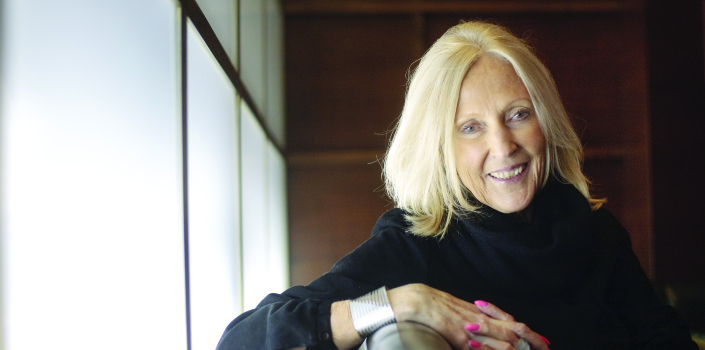Meet the Judges: Eva Jiricna
Czech born architect Eva Jiricna qualified at The Technical University in Prague before basing herself in England where she worked on high profile projects including the Brighton Marina and the Lloyd’s Building. Read on to find out how the veteran architect believes the industry has changed for women over her 50 plus years in the profession.
